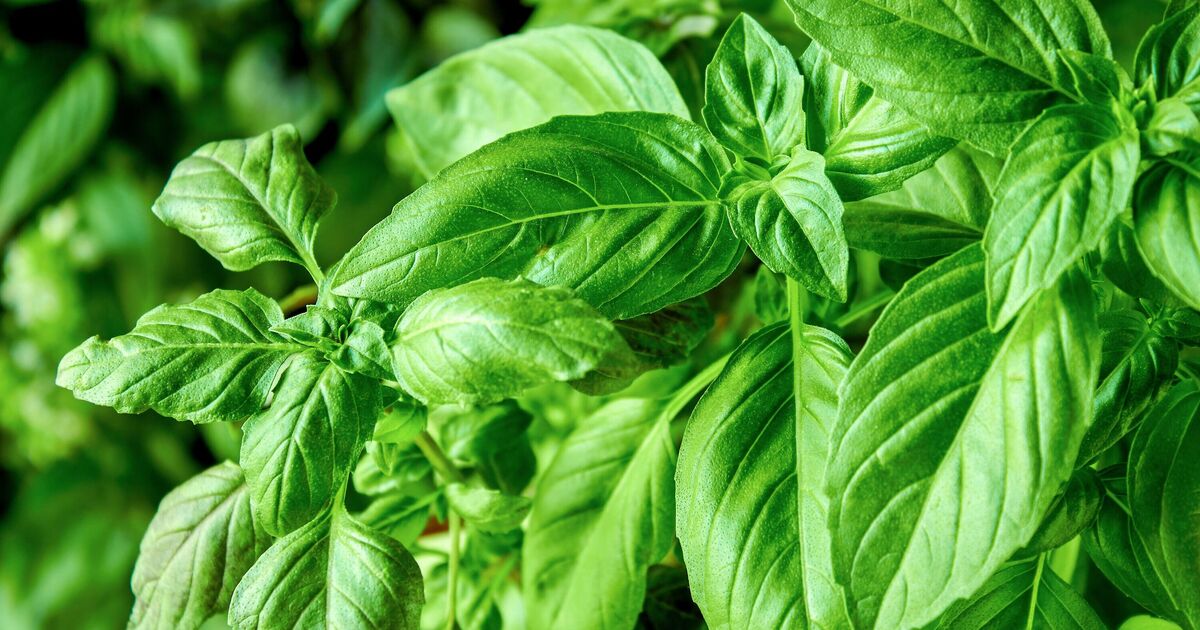Basil stands out as one of the most rewarding herbs that does well whether placed on a sunny windowsill or nestled in a sheltered garden spot. Its aromatic leaves are a kitchen staple, and its compact nature makes it perfect for pots or containers.
Though it is easy to look after, basil is sensitive to cold; it prefers temperatures above 15C and will struggle outdoors in early spring or autumn. Planted at the right time—usually after the last frost—basil can provide an abundant crop of leaves through summer, but typically does not produce leaves all year round unless grown indoors under controlled conditions. That’s why many people opt for windowsill basil, like gardening enthusiasts in the Facebook group Gardening UK—Hints, tips & advice.
It’s 168,000 members share their green-fingered wisdom daily, including how to keep basil looking bushy and healthy.
For those seeking a lush, productive basil plant, advice from members of the Gardening UK Facebook group proves invaluable.
They recommend watering basil from the saucer beneath the pot rather than over the top of the plant.
This helps prevent fungal diseases by keeping foliage dry and encourages deeper root growth.
One member, Claire Smith, commented that her supermarket basil, which she bought a few weeks ago, is “thriving” thanks to a careful watering schedule.
She said: “I split the plant into four and planted it in a terracotta pot with multipurpose compost. I keep it at the window where it gets plenty of sunlight.
“Basil loves a lot of water, I fill the saucer with water a couple of times a day and never water from the top. I cut the stems from just above new leaves and never pluck.”
Mary Feenan agrees, suggesting a light mist of water from the bottom tray. She added: “I’ve found that the key to keeping basil healthy is to prune it regularly, make sure it gets enough sunlight, and don’t overwater it.”
Some gardening fanatics note that watering basil plants three times a week is enough.
While supermarket basil pots can be feeble, group member Nicola Pemberton explained that her method has kept the basil plant in good condition – even in its original pot.
She said: “Usually, I kill them in a few days, but keeping the water in the tray seems to be working for mine now.”
The pruning procedure for basil is simple: continually pinch out the top sets of leaves to encourage bushier growth and prolong harvests.
Removing flower buds before they bloom can also extend leaf production and keep your plant healthy throughout the growing season.
Basil flowers are typically small and appear in clusters at the top of the plant’s stems. Depending on the variety, they can be white, purple, or pink.
Flowering signals the end of the plant’s vegetative growth phase, as it shifts to reproduction by producing seeds.
One gardener added: “Keep trimming it. Don’t let it flower.”

